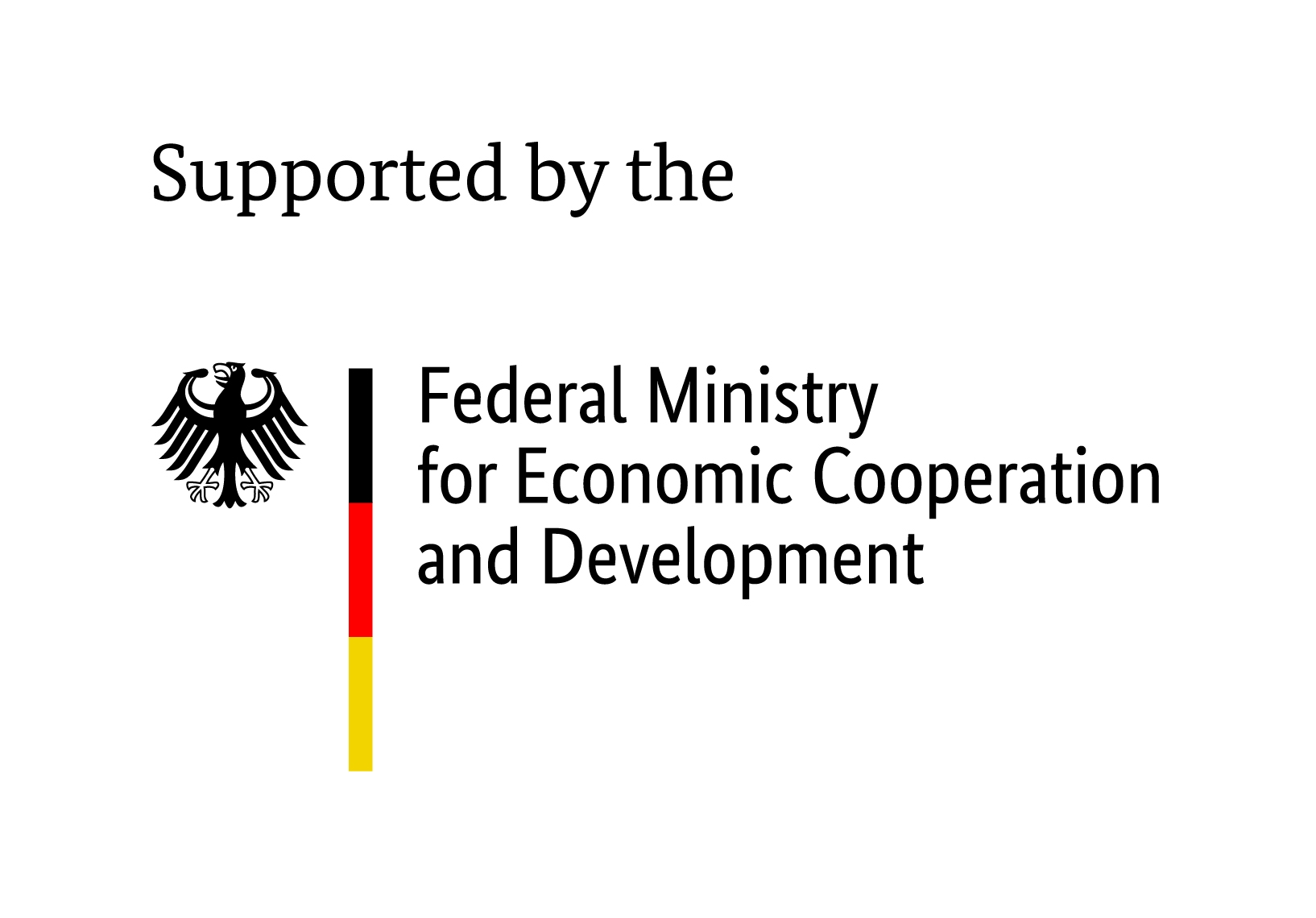Conclusions for optimal Power-to-X production:
- Location-based analyses of regions being considered for Power-to-X production are essential for reliable cost estimates. The complex interplay of wind and photovoltaic (PV) generation profiles, the topographical and infrastructural conditions, and also the administrative frameworks render site-specific analyses indispensable. General estimates for future Power-to-X regions that are based only on wind or photovoltaic potential and costs neglect these aspects.
- The total transportation distance for products can have a decisive influence but is not necessarily an exclusion criterion.
- Low electricity generation costs for wind and solar, connected with high full load hours, have a significant impact on the utilization of electrolysis and thus on the entire power-to-X chain.
- Locations with favorable combined conditions for wind and PV power generation can in many cases be more advantageous than locations with extremely good conditions for only wind or PV alone.
- Low capital costs have a high overall impact on production and supply costs.
One result of the study is the conclusion that Brazil, Colombia, and Australia offer particularly favorable conditions for the import of green ammonia, methanol, and kerosene out of the 12 countries preselected by H2Global. Gaseous green hydrogen could be imported from Southern Europe or North Africa, provided that pipelines will be available in time to transport it.
The analysis thus constitutes an important basis for bilateral agreements on the import of Power-to-X products and for the emerging global hydrogen market.



